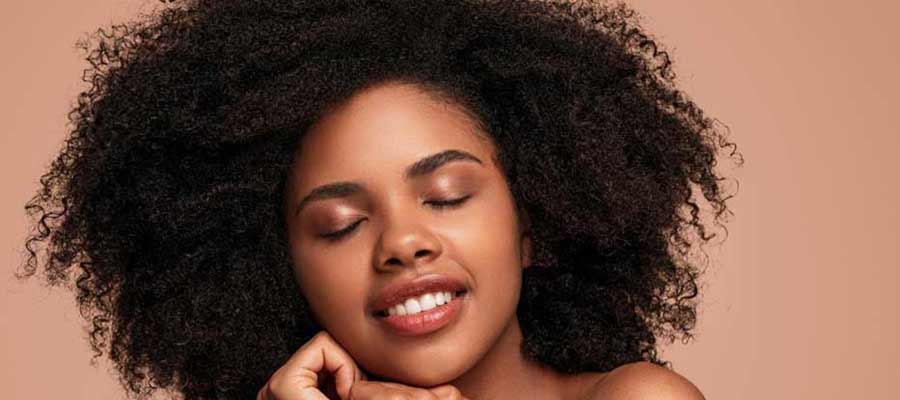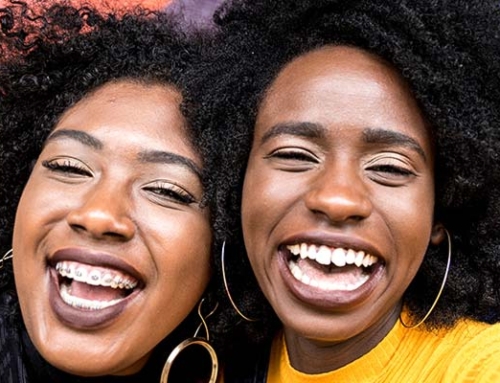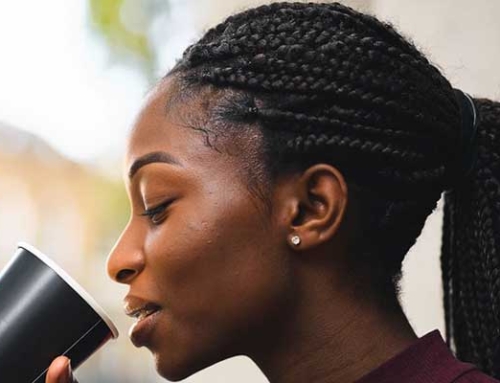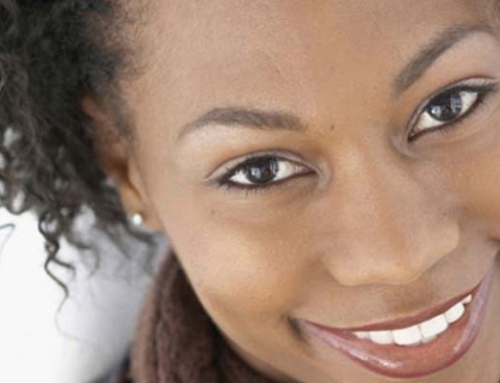For years, we have been transitioning from natural to relaxed hair and that has been fairly easy; but when it comes to the transition from relaxed to natural hair; that is not so simple. Before you start this journey, you should have an idea of what to expect along the way, (if you decide not to do a big chop). If you chose to take the big chop as I did, then, you could eliminate these steps. But some people chose the longer process, so they have to be very careful with the different textures during the transition.
- The first thing you want to do is begin by trimming off the dead ends. If you don’t get rid of the split ends the longer you keep them during your transition, the more brittle and damage the hair will become.
- You must avoid putting direct heat on your hair. This mean, no flat irons, no curling irons, no blow dryers. You can use the hairdryer when you deep conditioner the hair but not for more than 25 – 30 minutes. During your transition, you will want to keep your hair in protective styles, so there is not a lot of manipulation to the hair. Styles that do not require you to use heat. However, if you must apply heat to your hair then wash and deep conditioner the hair first. If you must blowing dry the hair, use the lowest heat. Use a heat protectant before flat ironing and don’t aim for a bone-straight look.
- As your hair continues to grow, you should trim the ends regularly – perhaps once each month. Don’t get discouraged by breakage or split ends – that is inevitable, just continue to trim the ends with a hair-cutting scissors.
- Pre-shampooing hair that’s transitioning is pretty important. What do I mean by pre-shampooing, you ask?!! You moisturize the hair before you shampoo as it will help to prevent breakage. You will want to do this in 4-6 sections like you do for a home relaxer or color. Remember that the more new growth you have, the more fragile the demarcation line (where the two different textures meet) gets. You can use an inexpensive rinse-out conditioner or olive oil or coconut oil. Saturate the hair with the conditioner or oil; it will help to detangle the hair before you shampoo. You can leave this on your hair for about 45 minutes before you shampoo the hair.
- Keep your hair in the sections and begin the shampoo phase; do this by gently paying particular attention to the scalp. Natural Hair Expert says shampoo benefits the scalp, and conditioner benefits the hair. Be mindful that the more new growth you have, the more difficult detangling will be, so you have to be very gentle with the hair. YOU MUST USE SULFATE-FREE SHAMPOO. This is important.
- If you want to keep your two different texture of hair healthy during this transition, you must deep condition your hair. It will help to keep the moisture in the hair and prevent it from being brittle. Apply the conditioner from the roots to the end (the ends are most important as they are the oldest) and gently detangle while the conditioner is still in the hair. You can let the product sit on the hair for a few extra minutes under a plastic cap before rinsing it out.
- Apply a leave-in conditioner to keep the hair moisturized and seal it with oil ( I use organic coconut oil, but you can use argan oil or any other hair oil). Gently detangle from the ends to the root with a wide tooth comb. While the hair is wet, you should put it into a protective style; there are several, flat twist being the most popular. You may have to use a styling product; if you do, use one particularly for ‘natural hair’.

Things to remember when you transitioning to natural hair.
And that’s about it. When it comes to transitioning from relaxed to natural hair keep this seven things in mind. Be gentle, avoid heat, trim ends regularly, pre-poo, shampoo, deep condition, moisturize and use protective styles. Follow these steps as best as you can and you may avoid doing a big chop. I didn’t I took the easy way out and went with the big chop.
Good Luck.






